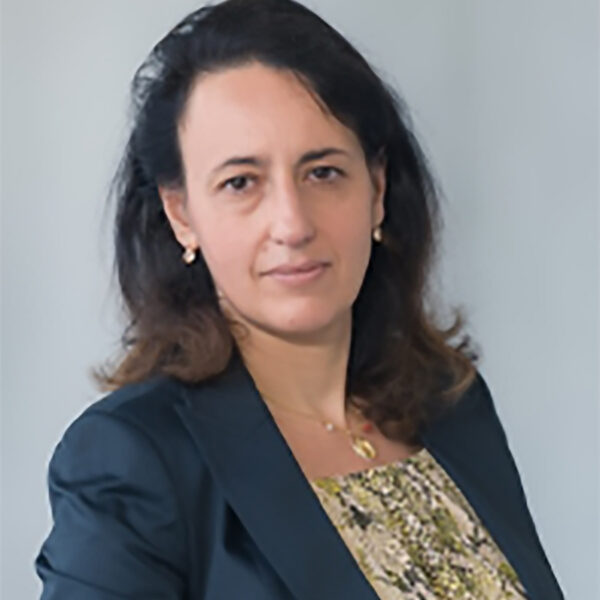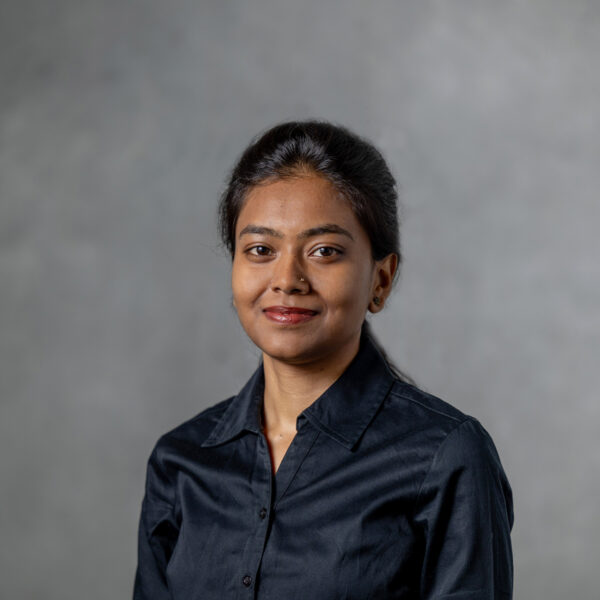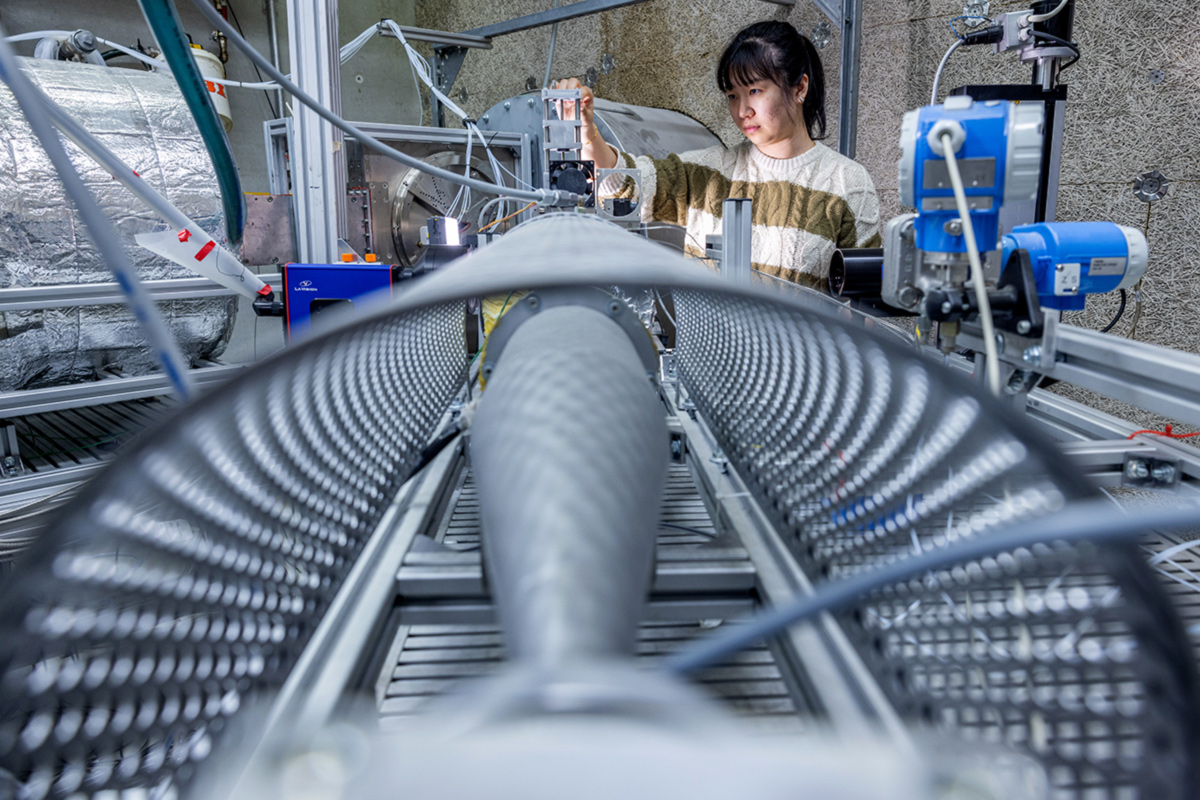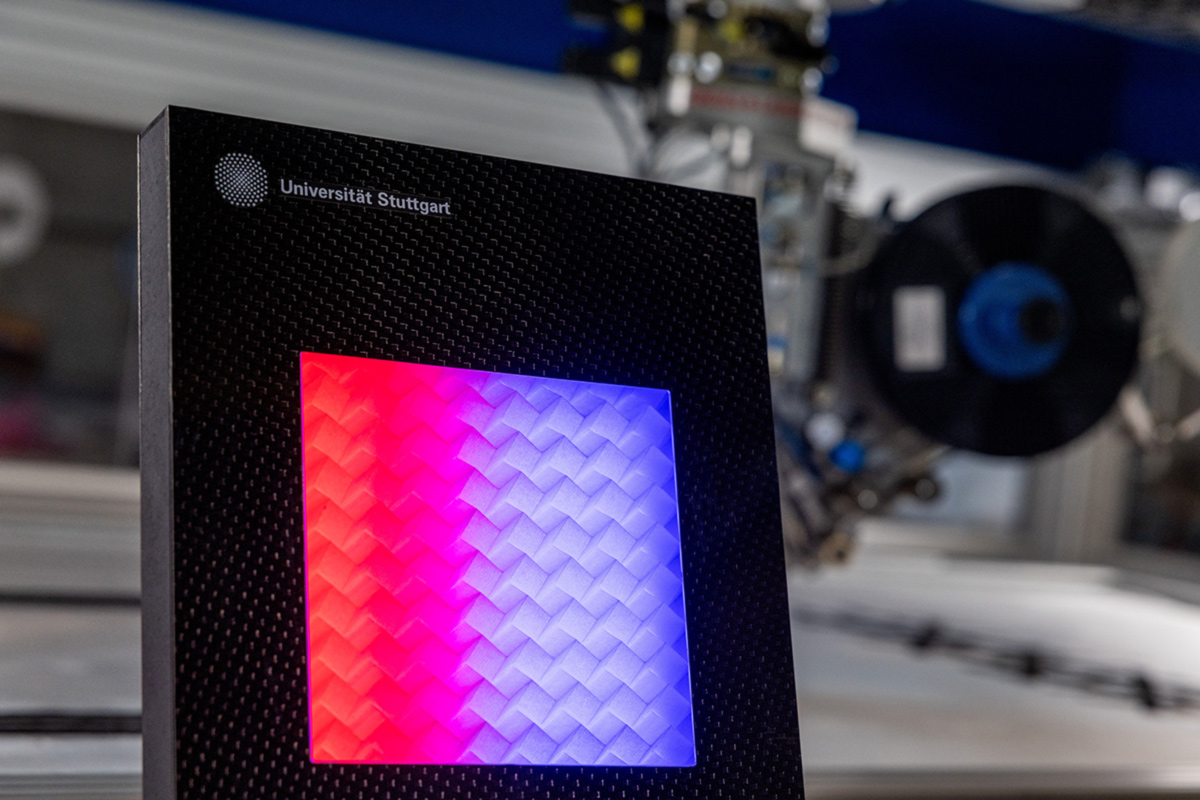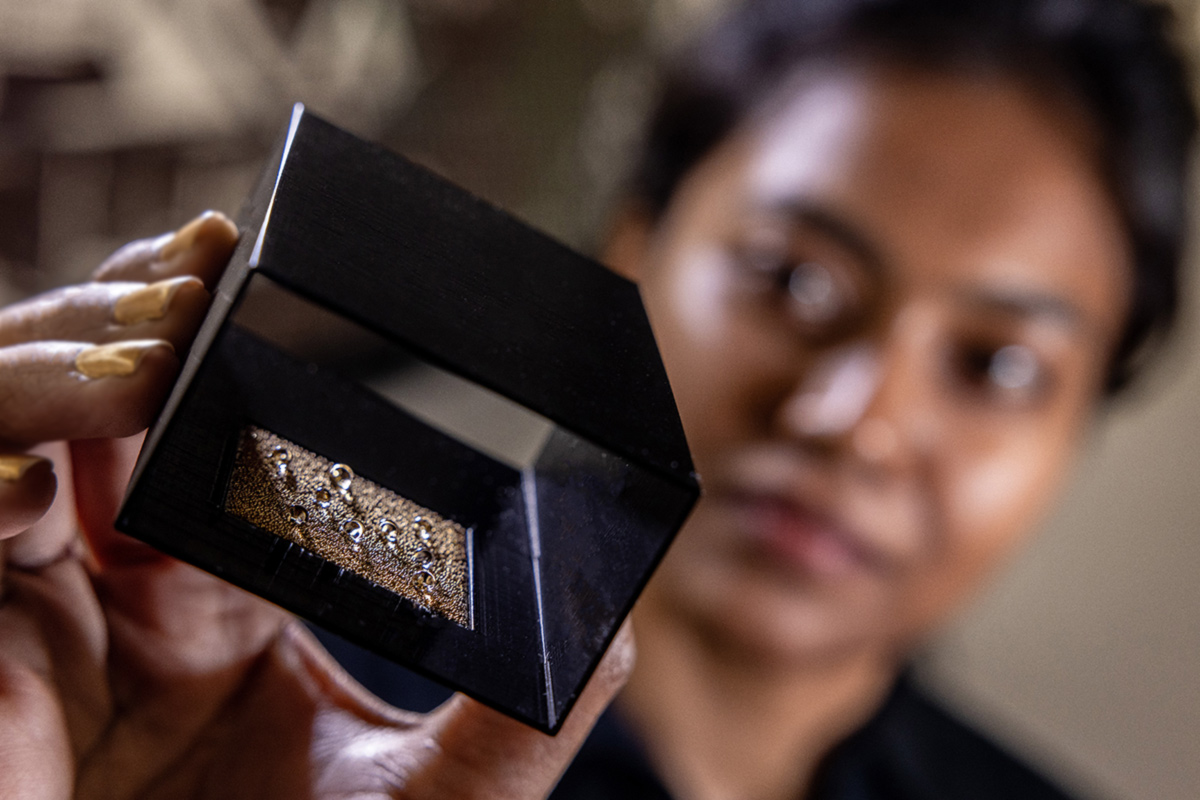C02: Exhaust gas treatment and thermal management in advanced propulsion systems by use of porous media
Project C02 considers porous media as a promising technology for various applications such as exhaust gas treatment and waste heat recovery for integration into different aircraft configurations. A key physical cross-scale aspect here is condensation from the vapor phase and the removal of the condensate. Understanding the connection between the microscopic processes and their macroscopic effect is essential to the successful exploitation of porous media. To achieve this goal, we combine complementary experimental and numerical methods in this project.
Motivation
Exploiting the potential of porous media as water recovery and harvesting subsystems and their successful integration in modern aircraft configurations.
- Reduction of water content in exhaust gas
- Re-use of waste heat by conversion into electrical energy and temperature control
- Reduction of noise signature by frequency-dependent sound absorption
Objective
Design of a porous medium with specific requirements for condensation rates and water removal under given flow and thermal boundary conditions and its suitable integration into the aircraft:
- Validated models for physical processes occurring at different scales, e.g., heterogenous nucleation, droplet growth and water transport at microscopic scales (e.g. at pore level)
- Development of design guidelines that meet specific requirements in terms of condensation rates, water and heat removal
- Derivation of a simpler model for process design and control at system level
- Suitable integration of the porous media regarding available installation space and optimization of processes
Approach
The potential of porous media, initially with regard to water and heat recovery, is investigated using complementary numerical and experimental methods. The optically inaccessible processes on the microscale in the porous medium are investigated using direct numerical simulation. For this purpose, approaches for the simulation of condensation and the moving contact line are first developed and implemented in an existing program package. This enables comprehensive studies to quantify the influence of individual parameters on condensation and water transport at pore scale. The processes on the surface of the porous medium are investigated experimentally. For this purpose, a test facility is first set up in which parameter studies for selected porous samples on the influence of relative humidity and subcooling of the surface on droplet formation and their size distribution will be carried out. In addition, water transport into the medium will be investigated. Further steps are the derivation of a heterogeneous nucleation model and, based on the experimental and numerical results, and the modeling of the microscopic condensation rate. In a following step, the heat transfer is examined in detail. The derivation of a simpler model for process control enables integration into the overall aircraft system.
Role in SynTrac
- Development of a model for process design and control regarding the entire cycle for water and wasteheat recovery with B04
- Integration into the aircraft with B04 and B06
- Development of a model to describe waste heat transfer with B01, B04 and C01






